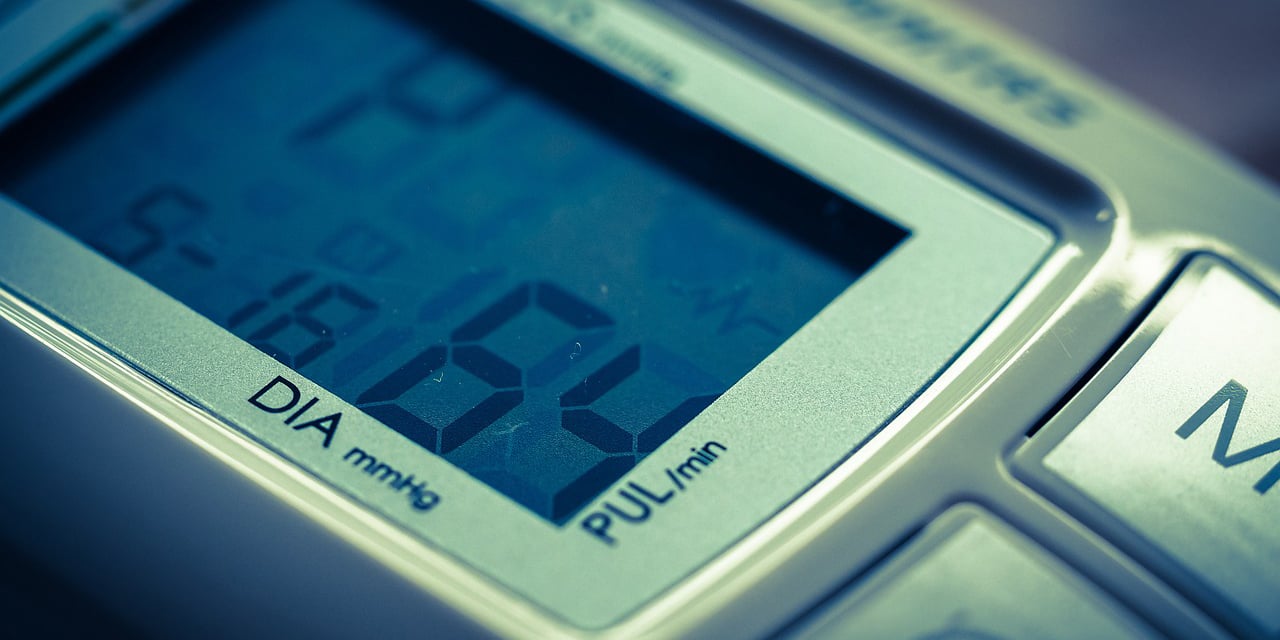
ZingBox, an IoT security solutions company , recently announced the findings of its first-ever Medical Devices Threat Report. ZingBox researchers detected, identified and analyzed the behavior of medical devices deployed in more than 50 hospitals, clinics, and other healthcare locations.
The report looks at a wide range of medical devices, from infusion pumps and patient monitors to imaging systems and medical device gateways, highlighting vulnerabilities in hospital networks and shedding light on the causes of common security events. Over the course of 2017, ZingBox analyzed tens of thousands of devices resulting in security issues covering vulnerabilities from user issues to outdated software.
“This groundbreaking report gives us a new, widescale view of connected healthcare devices and enables us to pinpoint not just where the vulnerabilities are, but what types of issues are triggering security issues. The report's findings closely mirror what we have been hearing from our customers about incidents, risks, and related challenges,” said Xu Zou, CEO and co-founder, ZingBox. “Many organizations don't have a clear picture of the vulnerabilities on their networks — or even what devices are connected on those networks. The insights in this report will help them shape their security efforts and prioritize the most critical risks based on concrete data not previously available.”
ZingBox's Threat Report provides a detailed analysis of the types of devices, most common risk areas, and steps that can be taken to significantly improve security. The most common types of security risks reportedly originate from user practice issues, or human error. Some examples are: using embedded browsers on medical workstations to surf the web, conduct online chat or download content. This class accounts for 41 percent of all security issues, according to the report. Outdated OS or legacy software, obsolete applications and unpatched firmware were the next biggest category, representing 33 percent of all security risks found on connected medical devices.
The report showed that infusion pumps are the most widely deployed connected medical devices but are not the leading cause of security issues. Imaging systems rank number one, acting as the source for 51 percent of all security issues.
“It is interesting to point out that while infusion pumps make up nearly 50 percent of connected devices in hospitals, they don't represent the largest cyberattack surface,” said Zou. “Security issues relating to infusion pumps were only at two percent. However, attention to protecting these devices should still be a priority since a successful attack on a single infusion pump could result in disabling the bulk of all infusion pumps through lateral movement and infection.”
Additional findings from the report include:
- Medical devices make up less than a quarter of all devices found in dedicated medical networks
- 43 percent of devices in networks dedicated for medical devices consist of PCs
- Use of unauthorized applications (22 percent) and browsers (18 percent) make up the bulk of user practice issues and are the leading security issues for connected medical devices
“This report, and the extensive analysis behind it, represents a pivotal step forward. Understanding how vulnerabilities enter our networks is critical to protecting patient data and safety in healthcare settings,” said Zou. “As we continue to gain more knowledge about how attacks enter our systems, we can better arm our staff and networks to prevent these dangerous events.”
To download the full report, click here.
Ken Briodagh is a writer and editor with more than a decade of experience under his belt. He is in love with technology and if he had his druthers would beta test everything from shoe phones to flying cars.Edited by
Ken Briodagh





